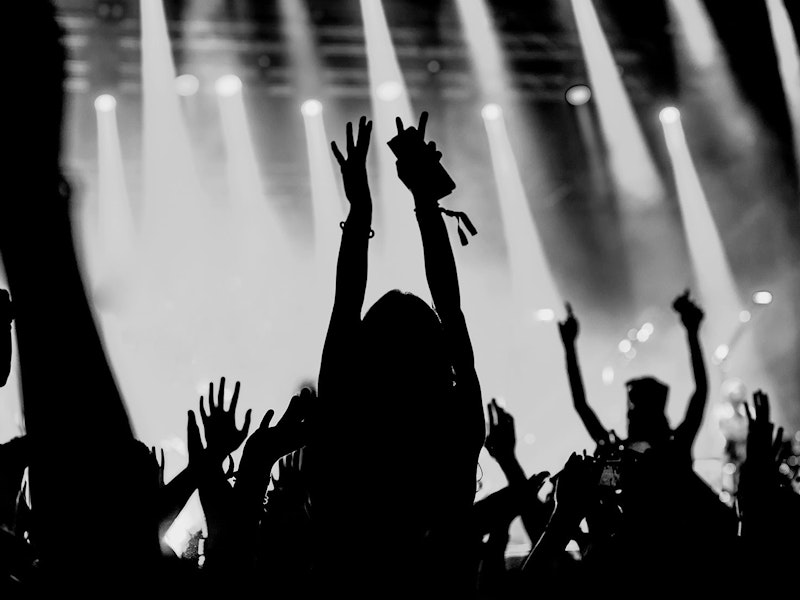May 28, 2025
Dancing to the Algo-rhythm: Artificial Intelligence’s Role in Dance
Artificial Intelligence’s Role in Dance: Irving David explores the recent impact of Artificial Intelligence (AI) on dance and likely future concerns.
The dance world, steeped in tradition and artistry, is increasingly confronting challenges posed by advancements in AI. As technology permeates various aspects of society, ballet companies are grappling with how to adapt to a rapidly evolving landscape that includes digital choreography, AI-generated performances, and innovative audience engagement strategies.
Intellectual Property and Copyright Issues
The integration of AI in choreography raises complex legal issues around authorship, ownership, and rights. Copyright law typically requires human authorship, but AI-generated choreography challenges this. AI’s creation of derivative works may raise concerns about copyright infringement. “Performance rights become unclear when AI generates an entire performance, including choreography, music, and visuals.” Licensing issues arise when AI uses copyrighted works without permission, and moral rights protections may not apply to AI-generated choreography with minimal human input. Liability and fair use also complicate matters, particularly in collaborative AI projects, highlighting legal challenges at the intersection of AI and intellectual property law.
Set and Costume Design
In set and costume design, AI is transforming visual experiences for dance. The Bavarian State Ballet has experimented with AI-generated designs for their production of The Nutcracker, using generative design software to create immersive environments that blend traditional aesthetics with futuristic elements. While this process accelerates design phases and introduces unique narratives, it raises concerns about the value of craftsmanship and the human touch in artistic creation.
Casting and Talent Management
AI’s role in casting decisions is another emerging challenge. American Ballet Theatre has begun exploring AI for talent assessment by analysing video submissions of dancers, evaluating technique, style, and potential stage presence to streamline the audition process. This may enhance efficiency, but it risks sidelining dancers who do not fit the ‘data-driven’ mould, raising concerns about diversity and inclusivity in casting practices.
Choreography
AI’s capacity to create choreography presents both exciting opportunities and significant challenges. In 2019 (an age ago in the fast-moving AI landscape), choreographer Sir Wayne McGregor and Damien Henry, Head of Innovation at Google’s Arts and Culture Lab, collaborated to develop an AI-driven choreographic tool, trained on 25 years of McGregor’s video archives, which enabled it to predict and suggest future dance movements. The project culminated in the premiere of Living Archive: An AI Performance Experiment, performed by Company Wayne McGregor to Thomas Adès’s composition In Seven Days at The Music Center in Los Angeles. This collaboration exemplifies early attempts to fuse technology and art, exploring new potentials in choreography and creative processes.
More recently, in 2021, the London-based dance company Fabiola Menchelli collaborated with AI to develop The Dancer and the Algorithm. This project involved a machine-learning program trained on thousands of dance videos to generate movement sequences, raising essential questions about originality and authenticity in choreography.
Jonzi D, a prominent figure in the UK hip hop dance community, collaborated on the hip hop dance theatre show, FRAY, produced and directed by Kate Duhamel of CandyBomber Productions, which premiered in June 2024 at Sadler’s Wells Lilian Baylis Studio, London. The show featured a digital dancing avatar created using AI tools and highlights the potential of AI to enhance dance performances. Jonzi D emphasises that AI should augment human creativity rather than replace it, reflecting a broader sentiment in the dance industry about the role of technology in art. He has observed that much of the AI-generated art currently exhibits uniformity, leading to concerns that a lack of creative exploration will result in stagnation. He suggests that consciously varying the training data for AI systems could help steer away from mundane repetitions and propel the evolution of art. Through these endeavours, Jonzi D and Kate Duhamel contribute to the dialogue on how AI can be thoughtfully integrated into dance, aiming to enrich the art form while preserving its human essence.
Focus on Securing the Future
Additionally, the Paris Opera Ballet has utilised AI to analyse historical performance data to predict dancer success in various roles, such as interpreting classic pieces like Swan Lake. While aiming to optimise casting, this data-driven approach raises ethical questions about limiting opportunities for dancers who possess intangible qualities that are difficult to quantify.
As AI continues to advance, dance companies face a complex landscape of challenges and opportunities. From considerations of copyright to fast-developing new landscapes in choreography, design and casting practices, the integration of AI into the dance world poses significant questions about the future of the art form.
Overall, AI is perceived as a promising yet complex addition to dance, with industry bodies, individual companies and others in the main advocating for a balanced approach that respects tradition whilst embracing innovation. Finding such a balance will be crucial in ensuring that dance not only survives but thrives in the digital age.
About the author
Irving David heads up the Ballet and Contemporary Dance Legal Team at Level. His practice encompasses intellectual property, contracts and compliance, specifically tailored to the needs of ballet and contemporary dance companies, composers, choreographers, dancers and other creatives.


